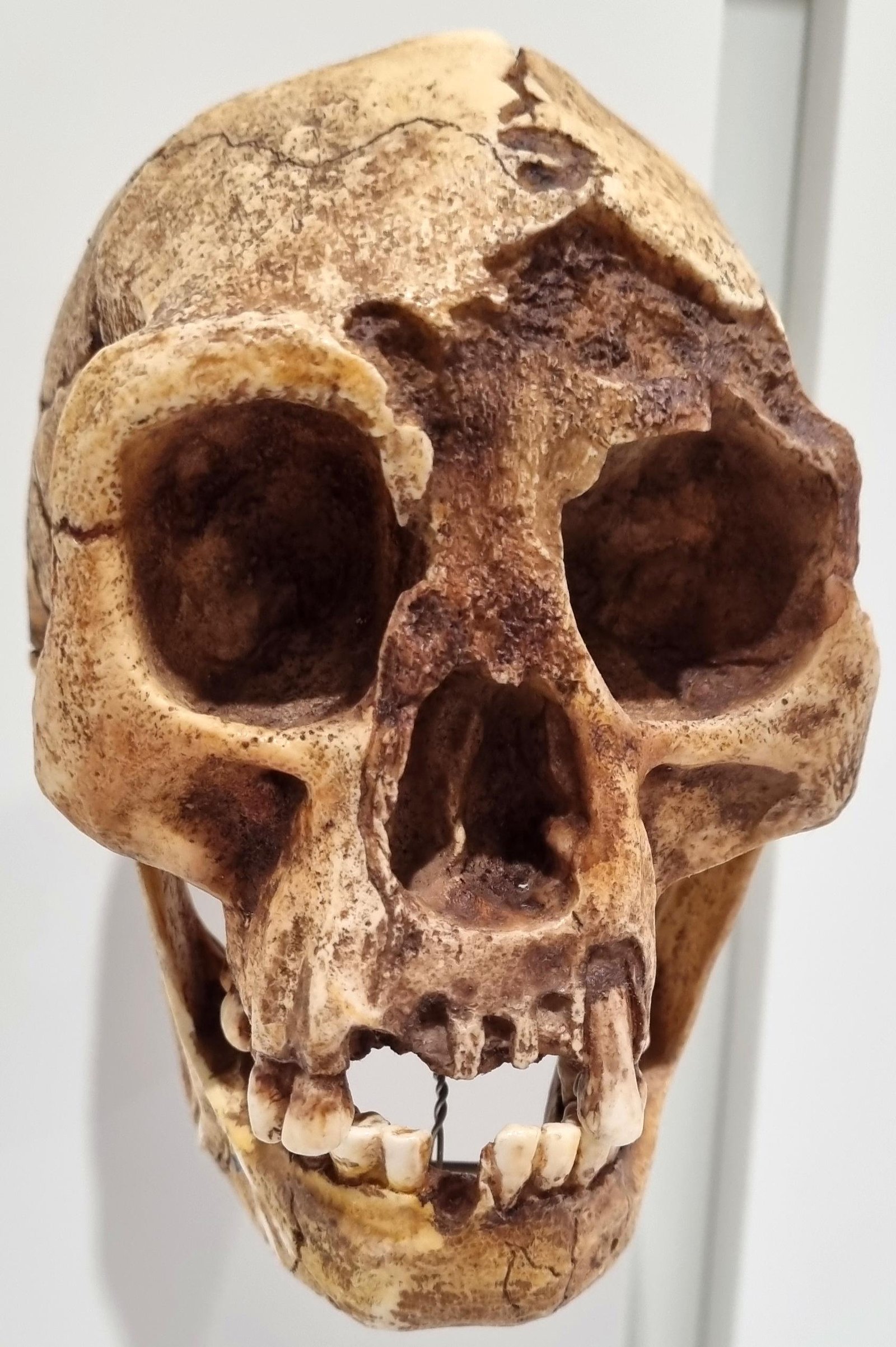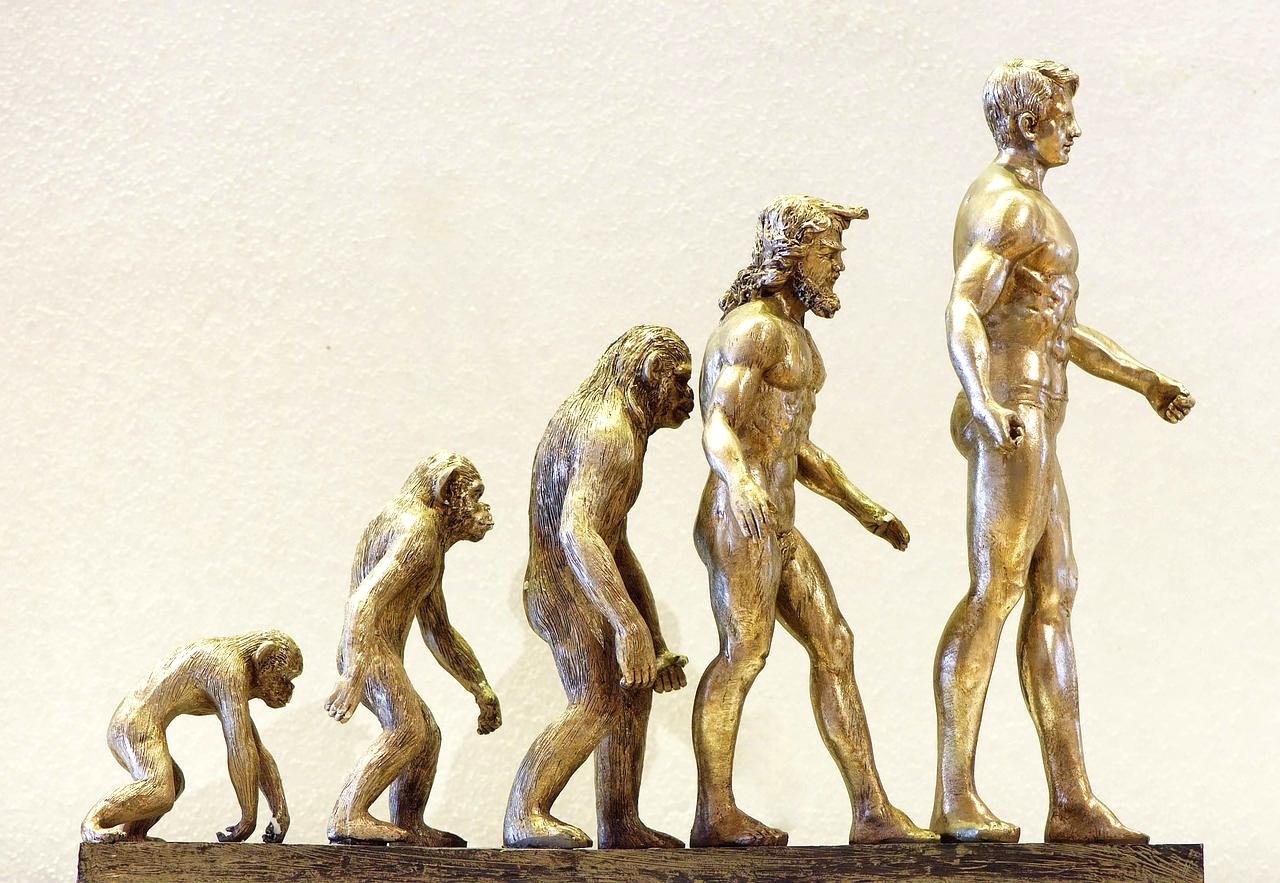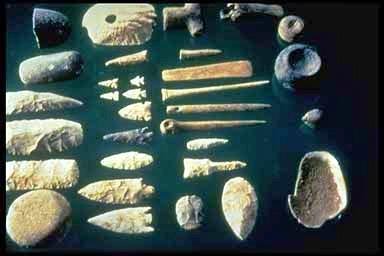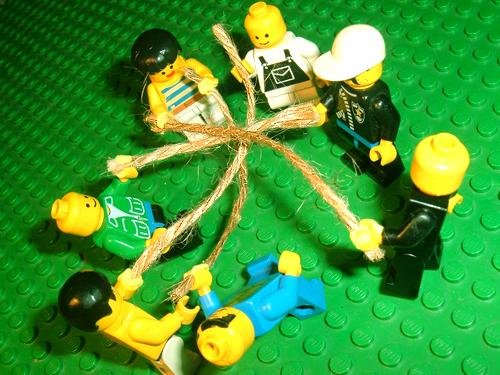Cavemen to Homo Sapiens: The Evolution of Modern Humans
The Dawn of Mankind

Our journey begins in the depths of time, where our earliest ancestors roamed the earth. These prehistoric beings were far removed from the modern humans that would come to dominate the planet. Early hominids, like Australopithecus, were one of the first to walk on two legs, marking a significant evolutionary step. This upright stance freed their hands, allowing them to interact with their environment in new ways. Imagine a time when their survival depended not on modern tools, but on keen instincts and raw cunning. This was a world where adaptation was not just beneficial, but essential for survival.
The Mystery of the Brain

As we travel forward through history, one of the most profound changes was the evolution of the brain. Our ancestors’ brains began growing larger and more complex. This newfound brain power was like unlocking a hidden potential. With this, they could solve problems, forge social connections, and build primitive tools. This wasn’t just about survival, but thriving in a changing world. The larger brain opened new pathways to creativity, changing the course of human history forever.
Mastery of Fire

Fire, one of humanity’s greatest discoveries, is a symbol of progress. Picture our ancestors watching with awe as a lightning strike set a forest ablaze. Slowly, they learned to harness this power, forever altering their existence. Fire provided warmth in cold climates, protection from predators, and a new way to cook food. This led to nutritional changes that further facilitated brain growth. The mastery of fire was like a beacon in the darkness, illuminating the path to modernity.
The Art of Communication

With an evolving brain came the art of communication. The emergence of language was revolutionary, allowing prehistoric humans to share knowledge and build communities. Before language, communication was limited to gestures and simple sounds. Language allowed for more complex social structures and collaboration. It was through storytelling that traditions, skills, and survival tips were passed through generations. In essence, language became the glue that held communities together.
The Toolmakers

Imagine living in a time where tools were crafted not out of steel, but of stone and bone. Our ancestors’ ability to fashion tools from their environment marked another leap forward. These tools were extensions of their will, enabling them to hunt, gather, and build with greater efficiency. Think of the simple stone axe, as rudimentary as it may seem, it was revolutionary. It was a testament to innovation and ingenuity, paving the way for the technological advancements we know today.
Hunter-Gatherers to Settlers

In the relentless pursuit of sustenance, early humans began as hunter-gatherers, roaming the landscapes in search of food. However, as they settled near rivers and fertile lands, they began to cultivate crops. Agriculture transformed temporary camps into permanent settlements. This shift laid the foundation for the development of villages, then cities, and eventually, entire civilizations. The transition from nomadic life to agricultural efficiency was like a seed from which modern society would grow.
Social Structures and Society

With permanent settlements came social structures. Roles and hierarchies began to form, dictating how communities functioned. It wasn’t just about survival anymore; it was about organizing complex societies. Leaders, shamans, and artisans became crucial figures. The way people interacted and worked with each other defined the rise of early societies, shaping culture and identity. It was as if each community wrote the chapters of civilization’s next great story.
The Legacy Lives On
Today, we stand proudly on the shoulders of those early ancestors. Their journey from cave dwellers to modern humans is etched into our DNA. Our languages, tools, societies, and innovations are all born from their initial steps. As we gaze into the future, it’s important to remember the path that was carved by those who came before us. They are the true architects of humanity’s enduring legacy.
